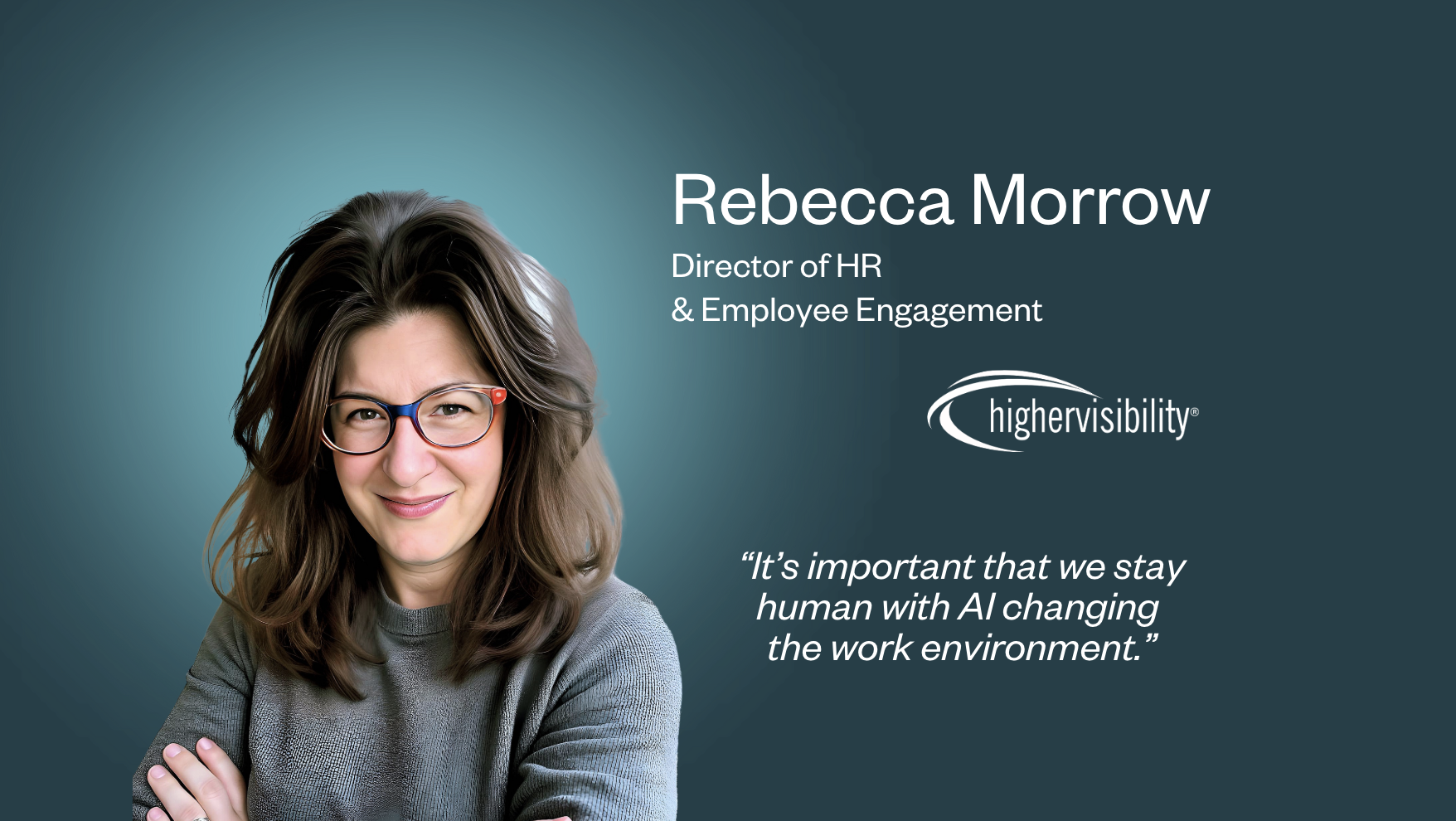Wellbeing is a huge focus for many global businesses right now, as they seek to mitigate the long-term mental health challenges their teams are facing in the wake of the last few years. Whether it’s hybrid working, enhanced benefits programs, or ‘summer hours’, new initiatives and wellbeing trends seem to emerge every week.
The thing many companies are missing, however, is the desire for purposeful careers; people are seeking work that aligns with their values, and companies where they see a long term future. The best way to create that purpose is to commit to people development. Specifically, it’s time to invest in professional coaching for wellbeing.
How can professional coaching help?
The words ‘professional’ and ‘wellbeing’ may feel somewhat at odds, but it’s really important businesses understand what wellbeing truly is, and move away from the entrenched view of something fluffy and intangible that can be created through discounted cinema tickets and on-site gyms.
Wellbeing is the state of being comfortable, healthy, and happy. It’s a combination of a person’s physical, mental, emotional and social health factors, and as such is unlikely to be heavily impacted by the addition of an office pool table or drinks fridge.
True wellbeing requires a great deal of psychological safety, something a workplace has a huge positive – or negative – impact upon. When organizations support their people via meaningful, relevant development initiatives, those people thrive. The best way to ensure mutual alignment on values and purpose is to provide a clear investment in their future.
Three ways coaching supports wellbeing
- Your people have a safe, confidential space to discuss challenges and work through issues. For companies where wellbeing is a priority, leadership and managers likely already have strong coaching skills, and people undoubtedly feel supported. By investing in external, independent coaches, you’re creating the additional psychological safety your people need in order to thrive. Coaching allows them to address challenges in real-time, independently, and on their own terms.
- Coaching encourages work/life balance, developing strong boundaries, and prioritization. One of the main stressors people face is a lack of perceived balance. This is a huge barrier to wellbeing. Coaching encourages prioritization, allowing your people to perform at an optimal level at work, while also feeling as though they can live their lives. The impact coaching has on workplace performance is always positive: achieving work/life balance doesn’t mean prioritizing life, rather setting boundaries that allow them to achieve all their goals.
- Mental and physical health will improve. This is a huge positive for both your people, and your business. Absence due to burnout costs US businesses $500 billion annually. Much of this could be avoided by creating healthier work environments and empowering people to understand their own stress-triggers and limits. People who are coached are more self-aware, communicate more effectively, and understand their own stress triggers. Less people will reach the point of burnout, absenteeism will decrease, and your people will be healthier and happier.
Ready to discover this impact coaching can have on your business? Get in touch today.







